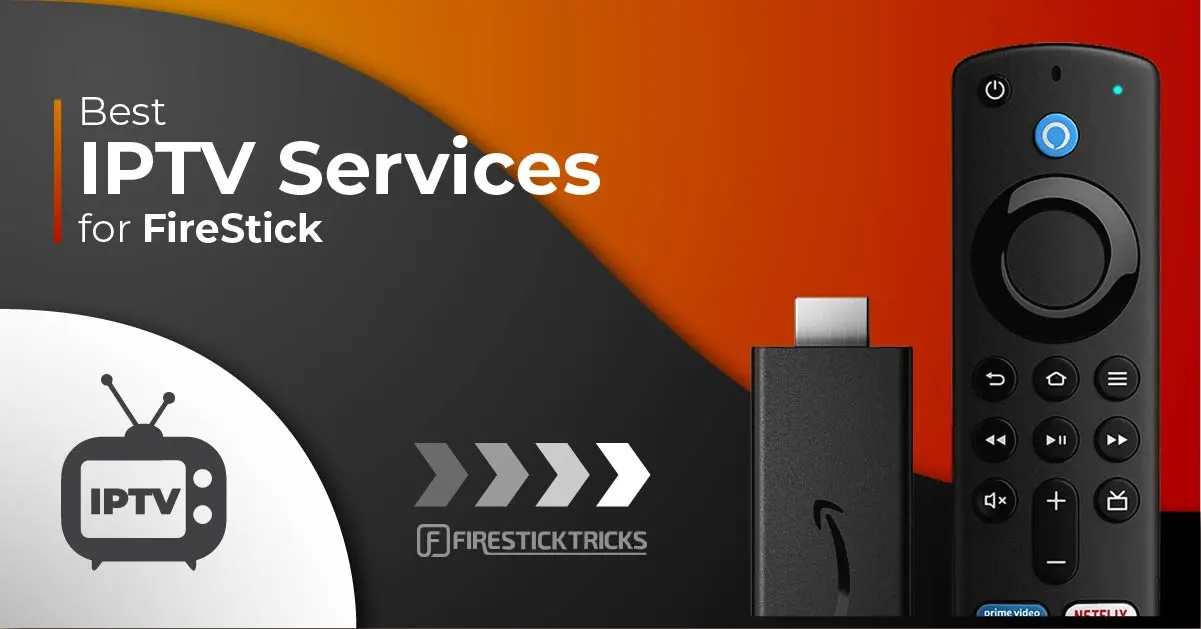Experience Seamless Streaming: Sign Up for Our IPTV Subscription
Experience Seamless Streaming: Sign Up for Our IPTV Subscription
Blog Article
How IPTV Functions: A Step-by-Step Overview to Web Procedure Television Modern Technology
Web Procedure Television (IPTV) has reinvented the method we eat tv material, offering a new world of possibilities with the power of the internet. Understanding the complexities of just how IPTV works can lose light on the innovation that drives this cutting-edge kind of media distribution. From the fundamental principles of IPTV to the complex procedure of material delivery, each action plays an important function in ensuring a smooth viewing experience. In this overview, we will reveal the underlying devices that make IPTV an interesting fusion of modern technology and enjoyment.
IPTV Fundamentals
In understanding IPTV basics, it is essential to realize the essential operations of this technology in providing television content over the web. IPTV, which means Net Procedure Tv, makes use of Internet Method (IP) networks to transmit tv web content to users' devices. Unlike traditional approaches of transmitting television web content with cable or satellite signals, IPTV streams media through high-speed net connections.

Moreover, IPTV permits interactive capabilities, such as video as needed (VOD) and digital program overviews (EPG), enhancing the user experience by giving more control and flexibility in accessing material. Overall, comprehending the fundamentals of IPTV sets the structure for discovering its advanced capabilities and the advantages it offers to contemporary television consumption.
Content Shipment Refine
Reliable material delivery in IPTV systems entails a well-structured procedure that guarantees seamless transmission of television web content over IP networks. The material distribution procedure in IPTV starts with the production of the video content, which is after that inscribed right into digital format ideal for IP transmission. This inscribed web content is after that firmly kept on servers called media servers. When a customer demands details web content, the IPTV system retrieves the requested information from the media servers and supplies it to the customer's gadget over the web.

Middleware Functionality
With the integration of important site middleware, IPTV systems gain improved functionality that simplifies customer interaction and material management. Middleware acts as a critical element that bridges the gap in between the user interface and the back-end infrastructure, assisting in seamless interaction and interaction within the IPTV system. Among the crucial functions of middleware in IPTV is to enable personalized customer experiences by offering attributes such as interactive program guides, video-on-demand solutions, interactive advertising and marketing, and user choices monitoring. By streamlining these performances through middleware, service carriers can supply a more dynamic and customized IPTV experience to their customers.

Gadget Compatibility
Offered the essential duty of middleware in enabling smooth interaction and web content monitoring in IPTV systems, a vital aspect to think about is the compatibility of gadgets utilized for accessing the IPTV solutions. Device compatibility is essential for making certain a smooth user experience and optimum efficiency when accessing IPTV material.
In the context of IPTV, gadget compatibility refers to the ability see here of a device to efficiently connect with the IPTV solution, present content properly, and support the required procedures and codecs for streaming video material online. Various gadgets, such as clever TVs, set-top boxes, mobile phones, tablets, and computers, look at these guys may have varying levels of compatibility with IPTV solutions.
To make certain a seamless watching experience, it is essential for users to select tools that are suitable with the particular IPTV service they are utilizing. Additionally, IPTV provider ought to supply assistance for a broad variety of devices to accommodate the diverse requirements of their customer base. By prioritizing gadget compatibility, both customers and company can improve the total IPTV experience.
High Quality of Service (QoS)
Thinking about the crucial duty of maintaining a high standard of performance and reliability in IPTV systems, guaranteeing regular Top quality of Solution (QoS) stays an essential element of the individual experience. QoS in IPTV describes the capability of the system to provide content with marginal interruptions, high resolution, and quick loading times. To attain optimum QoS, different variables require to be attended to. Network data transfer is critical to support top quality video clip streaming without buffering or pixelation. Additionally, latency, jitter, and packet loss should be decreased to improve the viewing experience.
Solution suppliers use QoS systems such as website traffic prioritization, buffering, and error adjustment to preserve a secure IPTV service. By prioritizing IPTV web traffic over much less time-sensitive data, companies can ensure smooth playback even during top usage hours. Buffering assists make up for network fluctuations, while mistake improvement methods boost data stability.
Constant monitoring and optimization of QoS specifications are important to adjust to altering network conditions and customer demands. Eventually, a robust QoS structure is important for delivering a seamless and delightful IPTV experience to users.
Verdict
In verdict, IPTV operates through the transmission of television content over web procedure networks. Top quality of Service plays a crucial function in maintaining the efficiency and reliability of IPTV solutions - IPTV subscription.
Report this page